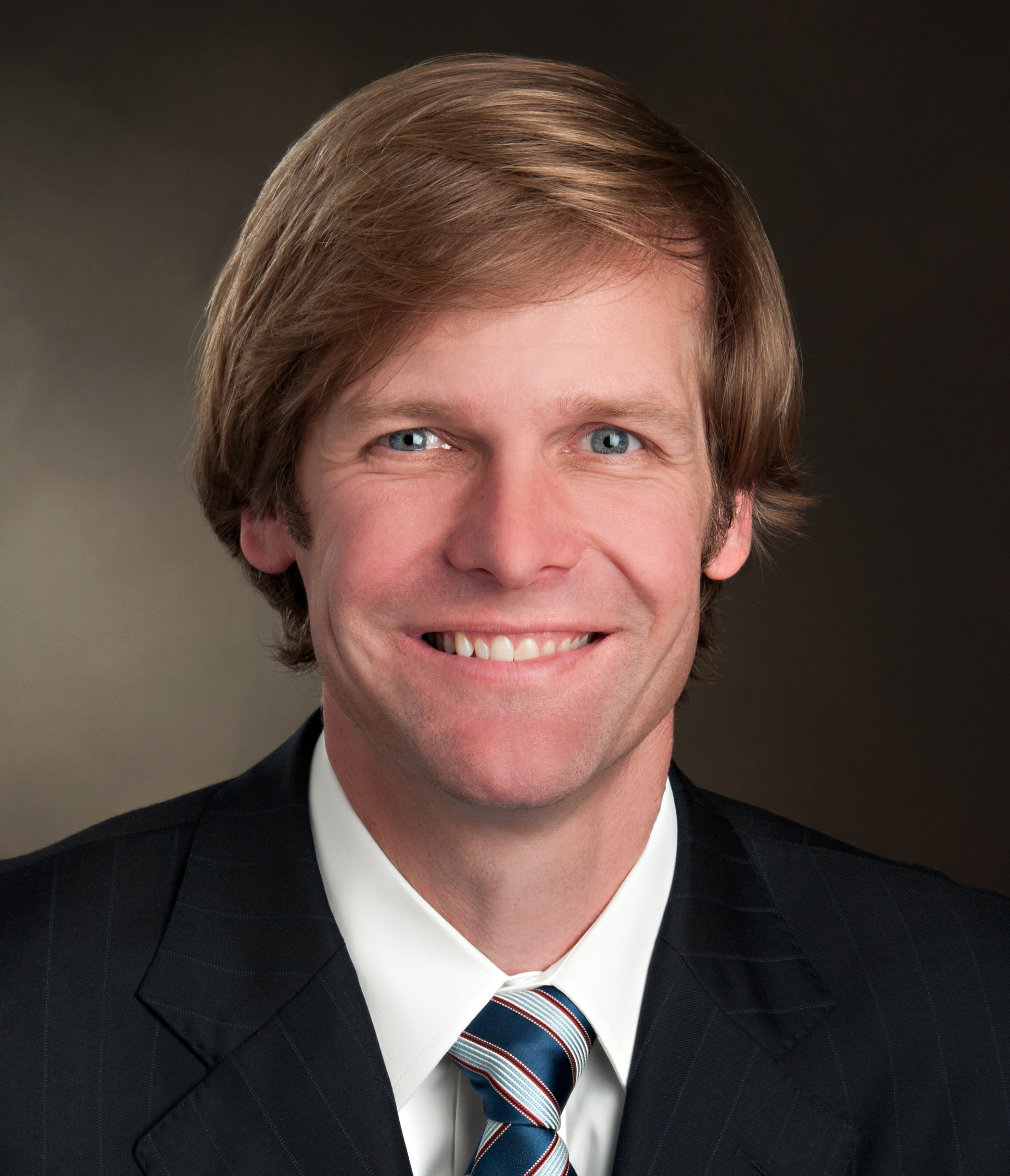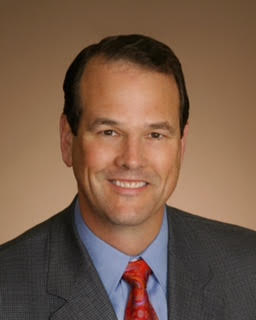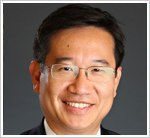Depending on who you ask, administrative challenges like payer reimbursement or clinical challenges like nerve regeneration are among the biggest obstacles facing hand surgeons across the country. Furthermore, innovations such as immunosuppression and nerve transfer continue to revolutionize this field of medicine. Below, five hand surgeons address both the challenges and advancements in hand surgery.
Q: What challenges are hand surgeons facing this year?
.jpg)
Steve Lee, MD, Director of Research at The Center for Brachial Plexus and Traumatic Nerve Injury at Hospital for Special Surgery in New York City: One big challenge facing hand surgeons is nerve regeneration, as outcomes for nerve repair are variable. Current research is focused on developing nerve reconstruction techniques to optimize outcomes. Basic science is being performed in a variety of labs with the goal of enhancing nerve regeneration. Another major challenge for hand surgeons is reconstructing the wrist after major ligament injury. Restoration of carpal mechanics is particularly difficult yet there is much research being performed aimed at improving outcomes.

Glenn Gaston, MD, Chief of Hand Surgery at OrthoCarolina in Charlotte, N.C.:From a practice standpoint, the coming years are going to see lots of change as we move from a volume to value healthcare reimbursement philosophy. We [at OrthoCarolina] have been researching patient outcome measurement instruments, protocols, and EMR options to improve patient care. In an alliance with Cleveland Clinic and Rothman Institute, we have been at the forefront of this emerging paradigm shift. Also later this year the implementation of ICD-10 hits the medical community and will require substantial changes to the coding of office visits. This will significantly impact the amount of time physicians spend doing paperwork and likely influence access to care as fewer patients will be able to be seen daily. From a clinical standpoint, we still face many of the same challenges that we have for decades including chronic ligament tears (especially the scapholunate ligament) and nerve injuries.
 Brian P. Wicks, MD, The Doctors Clinic of Kitsap County in Washington: In the coming year the greatest challenges for hand surgeons will result from the changes in healthcare financing and delivery, including the Affordable Care Act. Understanding that the current pace of increase in healthcare spending could not continue there has been movement on several fronts to attempt to transform medical and surgical care into a model that is more focused on patient-assessed outcomes than volume of service.
Brian P. Wicks, MD, The Doctors Clinic of Kitsap County in Washington: In the coming year the greatest challenges for hand surgeons will result from the changes in healthcare financing and delivery, including the Affordable Care Act. Understanding that the current pace of increase in healthcare spending could not continue there has been movement on several fronts to attempt to transform medical and surgical care into a model that is more focused on patient-assessed outcomes than volume of service.
The Affordable Care Act is only one component of the system evolution that will need to be embraced by hand surgeons. The ACA has resulted in millions more people having health insurance although the reimbursement to physicians is at levels lower than most commercial policies. At the same time, there is an influx of patients seeking care; there is an increasing shortfall in the number of physicians available to deliver this care. The effect of this is the hand surgeon workforce shortfall is being magnified as more surgeons who delayed retirement during the Great Recession are seeing that retirement, especially before electronic health records become mandatory, as a now-viable option.
The baseline hand disease burden will likely increase with increase in lifespan but with more people accessing the system, the amount of work that needs to be done to optimize population health and welfare will outstrip the system capacity if swift changes are not implemented. No longer can the surgeon afford, nor should the patient expect, that one person will be solely involved through the spectrum of care. Midlevel professionals (physician assistants and nurse practitioners) will be tasked with some of the duties historically taken on by the surgeon so that the surgeon can do what only he or she can do — operate in the OR. 
Steven Shin, MD, Director of Hand Surgery at Kerlan-Jobe Orthopaedic Clinic in Los Angeles: Unique to hand surgeons is the lower wRVU, or insurance reimbursement, for hand and wrist procedures relative to surgeries on larger joints or body parts, e.g. the shoulder or knee; although the degree of complexity may be the same or even higher for a comparable hand and wrist procedure, the reimbursement is lower. Therefore, in order to "keep up" with their colleagues, hand surgeons try to make up for the decreased compensation through increased volume, which of course takes a toll not only on them but also their staff.
.jpg)
Jason S. Pruzansky, MD, HandSport Surgery Institute in New York City: Continuing to provide the highest level of care to patients while balancing an increasing number of regulations and requirements from CMS and private payers will remain a major challenge. Hand surgeons strive to provide appropriate time to patients in the office, especially since many require splinting, injections, and careful discussion of surgical and non-surgical treatment. However, more of each day is taken up with administrative matters ranging from satisfying Meaningful Use metrics to interacting with insurance companies for treatment approval.
Q: What is the biggest innovation in hand surgery?
SL: One big innovation is nerve transfer, which is when you take a part of a functioning nerve and move it to a nerve that doesn't work. Nerve transfer has revolutionized nerve surgeries and improved patient outcomes.
GG: Probably the biggest advancement in the field of hand surgery recently is the concept of nerve transfers. When a nerve gets injured or cut high in the arm, the hand loses sensation and motor function in a specific distribution depending on which nerve is injured. The higher in the arm the injury occurs, the lower the probability of nerve recovery. Nerve transfers are a novel way of addressing the problem. It can be best thought of as splicing wires.
If the light in your room doesn't work because the line was cut, you can splice the line into a functioning line so that the other light switch can control two lights now. We now can "tie" an injured nerve into part of a functioning nerve downstream in the arm to regain nerve function. At OrthoCarolina this has become a mainstream practice especially in our brachial plexus clinic (which addresses injuries to the nerves as they exit the neck affecting the function of the entire arm). We have been very pleased with our ability to regain function in arms that prior to this advancement had almost no hope of functional improvement.
BW: Over the past few years the field of hand surgery has been fairly quiet in terms of new devices and technology game-changers. While issues such as hand transplantation have opened new therapeutic doors, equal attention has been dedicated to the ethical issues of having a patient on long-term anti-rejection drugs in order to regain some hand functions.
With the war-driven advancements in prosthetic design and production the discussion of ethics about innovations such as hand transplantation will continue. The proliferation of biologic medications in the treatment of inflammatory conditions such as rheumatoid and psoriatic arthritis have fundamentally changed patients' lives as well as surgeons' case mixes. The relief of much of this disease burden is welcomed by all as there is still plenty of hand surgery work to be done but practices dedicated to rheumatoid hand surgery will likely become a thing of the past.
A development that paralleled the roll out of the ACA, the proliferation of high-deductible health plans with a health savings account component, is bringing change to the relationship between the surgeon and patient, in a generally beneficial way. No longer can the patient afford to do everything that a surgeon might have classically thought needed. Now, issues such as the cost of the procedure, implants and anesthesia as well as the chosen location for the surgery is becoming a topic for discussion and negotiation.
In an effort to "bend the curve" of healthcare spending there has been a return to discussion of some type of bundled or capitated care, similar to that seen first in the 1990s. With physicians standing to benefit financially from more intense focus on the global patient "experience," decisions have to be made by hand surgeons that were thought to be part of our responsibility a few years ago. "Could this surgery be done in an ambulatory surgery center instead of the much more expensive hospital facility?" "Could this ASC case be switched to an office procedure room using straight local anesthesia?" "Is that expensive gadget or gizmo really needed to get the case done in an effective fashion?"
Putting these financial decisions in the hands of hand surgeons (with appropriate patient input) is certainly a step in the right direction but there will be a need to revisit the fundamentals of how decisions are made concerning the "how and where" of a particular patient's surgery.
The need to be able to do more for more patients with fewer hand surgeons will lead to increased focus on the efficiency of the operating room and the surgeon. Unnecessary consumption of resources will not be tolerated in healthcare systems funded by a fixed number of dollars coming from an employer or insurer.
The application of "big data" processing to information collected in electronic health records will allow the identification of trends and patterns that will allow for quality decision making in a less emotional environment. These developments, although new and not initially comfortable, will go a long way to improving on the 'cottage industry" mentality of a profession that accounts for nearly 20 percent of our nation's gross domestic production.
Advances will continue in the fields of nerve/tendon repair, trauma reconstruction and molecular modification of disease states but these will occur under the umbrella of a national change in the healthcare delivery system. Integration of the developments coming from the lab and industry will need to be merged with the developing fiscal realities of the healthcare marketplace. In the minds of many such changes are needed, overdue, and in the best interest of patients, hand surgeons and the U.S. economy.
SS: The recent success of hand transplantation, due to innovations in immunosuppression and technique, is probably the most exciting subject in hand surgery in recent years and has received a lot of media attention. Other innovations exist in the implants that are continually being improved for fracture, tendon, ligament and nerve repair. Platelet-rich plasma and stem cell injections are also exciting treatment options that are being investigated for conditions of the hand and wrist.
JP: The development of wrist arthroscopy and its expanding role in the treatment of disorders of the wrist has been a big innovation. Over the last 30 years, wrist arthroscopy has provided the hand surgeon with the ability to better diagnose pathology and provide minimally invasive treatment with less morbidity.
While MRI has improved, arthroscopic evaluation of the wrist is the gold standard for assessment of scapholunate and lunotriquetral ligament injuries, chondral damage from ulnar impaction, and the extent of TFCC tears, to name a few. Therapeutic arthroscopic techniques have continued to improve. TFCC, SL and LT tears, ganglion cysts, synovitis and loose bodies can be treated with less postoperative stiffness. Arthroscopy can assist in the reduction and fixation of scaphoid and distal radius fractures to ensure better articular congruency and less scarring. Further advances in technique, instrumentation, and indications can be expected to continue.

